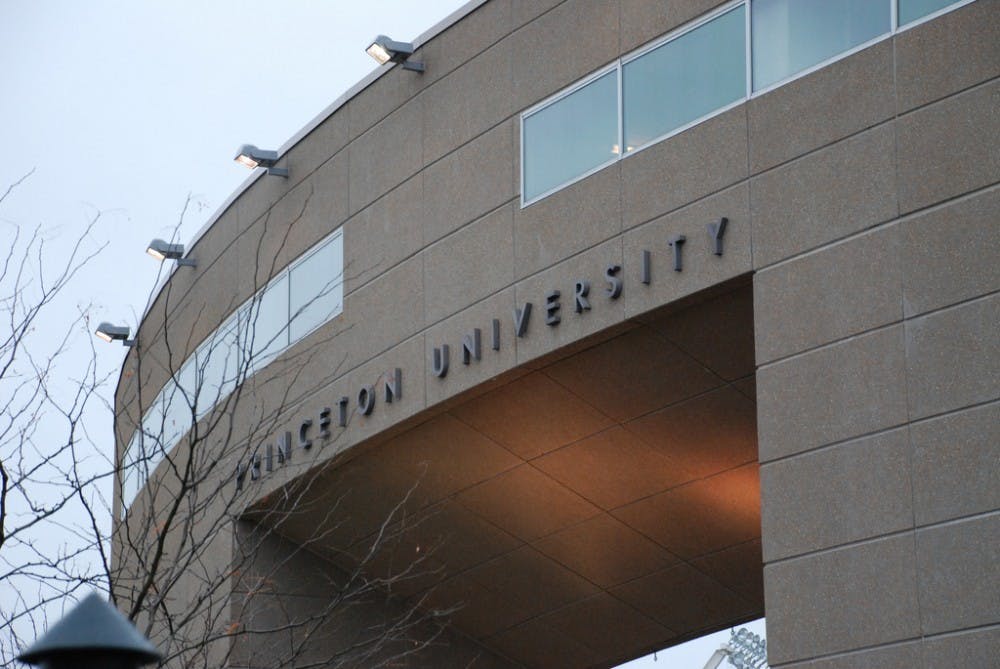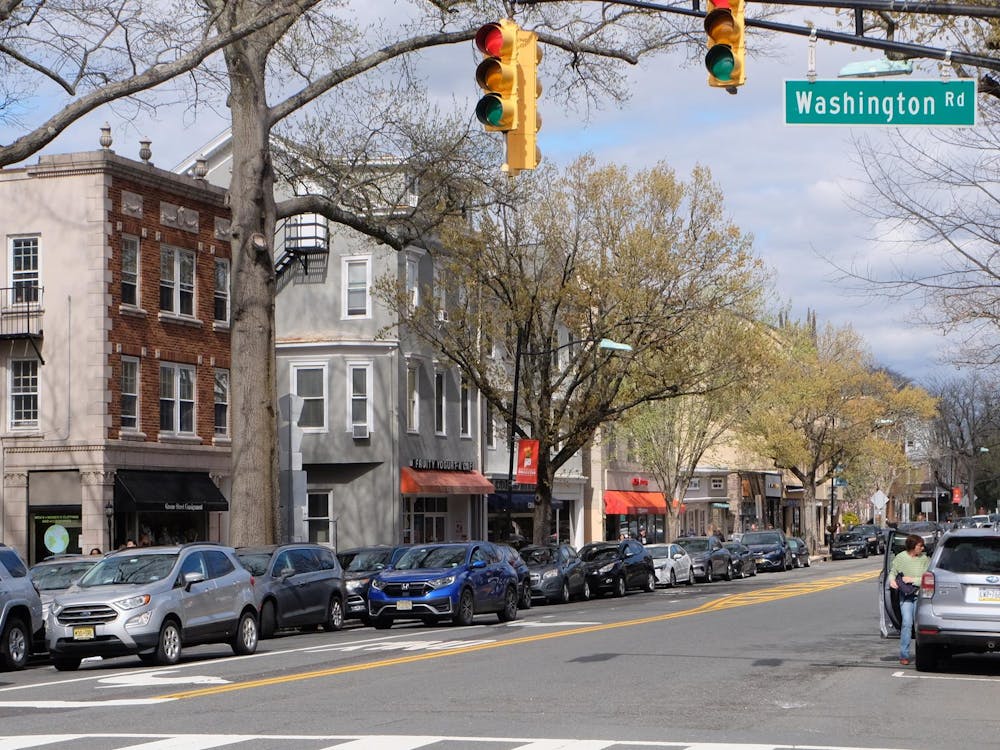Thousands of high school seniors logged onto the admissions website over the last few months to see if they had earned a spot at Princeton. Over 90 percent were rejected. Until the moment they signed in, no one knew whether they had been admitted — except for select groups of students.
Athletes are one of those groups. They submit the same applications as everyone else. But their road to Old Nassau is paved with yellow bricks. Marked by coaches’ lists, “Likely Letters,” and meetings with University scouts, it’s a process foreign to everyone else. By the end of it, athletes may know if they were admitted weeks before the official decision date.
An investigation that I conducted on the Department of Athletics over the past three months shows that Princeton’s athletes generally come from wealthy backgrounds, meaning that recruitment acts as a form of affirmative action for the rich. They predominantly attended private schools and largely eschew the sciences from their studies.
To determine students’ concentrations, I paired team rosters from Princeton’s athletics website with statistics from Tigerbook and the internet. The data does not differentiate between recruits and walk-ons or include quitters. But given that relatively few people successfully walk on to most Princeton teams, the majority were presumably recruited.
Fifty-four percent of all athletes attended private schools, compared with 40 percent of the Class of 2022. The schools’ median annual cost is $29,275. Athletes account for 22 percent of all private school students at Princeton, while compprising only 17 percent of the undergraduate body.
Private school students are the majority on almost half of all teams. One quarter of athletes attended schools costing more than $45,000 per year.
Male and female players have similar rates of private school attendance, but the women’s private education was, on average, $8,549 higher. Ten of the men’s teams include majority-private school students, versus eight of the women’s. The entire men's squash team graduated from private schools.
Mater Dei — a Catholic high school in Santa Ana, Calif. — is most represented in Princeton’s athletes with eight players, followed by Harvard-Westlake School (seven), Episcopal Academy (five), and Deerfield Academy (five). The Delbarton School, Agnes Irwin School, Belmont Hill School, St. Mark’s School of Texas, McDonogh School, and Menlo School each had four. Other elite prep schools — including Eton College, Roxbury Latin School, Phillips Exeter Academy, and Choate Rosemary Hall — also had multiple athletes.
The four public high schools that contributed the most players to Princeton’s teams are Corona del Mar (seven), Millburn (four), Princeton (three), and Hinsdale Central (three). The median household incomes of the neighborhoods in which each of them is located exceeds $115,000.
Of the junior and senior athletes, 38 percent study science, technology, engineering, and mathematics (STEM). The Registrar’s enrollment statistics indicate that 50 percent of all upperclassmen concentrate in STEM subjects. Athletes study engineering at rates 25 percent less than the general student body.
Fifty-one percent concentrate in the Woodrow Wilson School, History, Economics, or Politics (WHEP), accounting for about a third of the students in those majors. University-wide, 30 percent of upperclassmen study WHEP. A 2018 memo from the Dean of the College showed that humanities and social science courses awarded the highest average GPAs.
These statistics fall in line with revelations about athletics around the Big Three. The Harvard Crimson’s annual survey showed that 46.3 percent of first-year athletes came from families making above $250,000. Several years ago, the Yale Daily News found academic clustering in athletes’ studies. Thirty percent majored in political science, while the major claims 13.8 percent of all upperclassmen.

Forward March to Equality
Ivy League athletics is a peculiar institution. Top universities put on a meritocratic façade and claim to value diversity. Yet they create special pipelines and lower academic standards to recruit high school students who excel in physical activities. At Harvard, for example, an athlete who ranked four out of six on its admissions scale is nearly a thousand times more likely to be admitted than a non-athlete.
The Ivy League claims to value diversity. But its athletes are mostly white and wealthy. The admissions advantages that they receive are even greater than those that affirmative action gives to racial minorities, according to analysis conducted by late University President William Bowen GS ’58.
In school, they become semi-professionals for sports that few classmates watch. They stay cloistered in tight social circles with their teammates, despite claiming to hate the isolation that athletics forces upon them. One need look no farther than Princeton’s eating clubs for proof.
It’s about time we realize that Ivy League athletics is drenched in hypocrisy. The 1954 Ivy Agreement formed the conference so “athletes shall be admitted as students.” But that policy has backfired. “Athlete” all too often comes first in the phrase “student-athlete.”
Recruitment processes for extracurricular activities will always favor affluent applicants. Reaching the highest echelons of anything requires significant investment in time, energy, and money. When we preference athletics over a more complete assessment, based primarily in academics, the wealth gap will always shine through.
That's why most of Princeton’s athletes attended expensive private or wealthy upper middle-class public schools. Only well-to-do schools have the resources to support strong athletics programs, especially for niche sports like squash and rowing.
It’s no wonder that life here is socioeconomically segregated. Bringing in such a large cohort of students — almost a fifth of each class — from such wealthy backgrounds inevitably creates cliques. Those who come from lower income families will find it hard to fit in.
Princeton’s administration has struggled to create an inclusive environment on a campus with a historically stuffy atmosphere. But these challenges are partly of their own creation. The benefits that the school gives to some students in admissions — from athletic recruitment to legacy status to development applicants — perpetuate social hierarchies. Until we are willing to acknowledge and change that aspect of our community, we’ll never escape our Fitzgeraldian past.
Liam O’Connor is a junior geosciences major from Wyoming, Del. He can be reached at lpo@princeton.edu.








